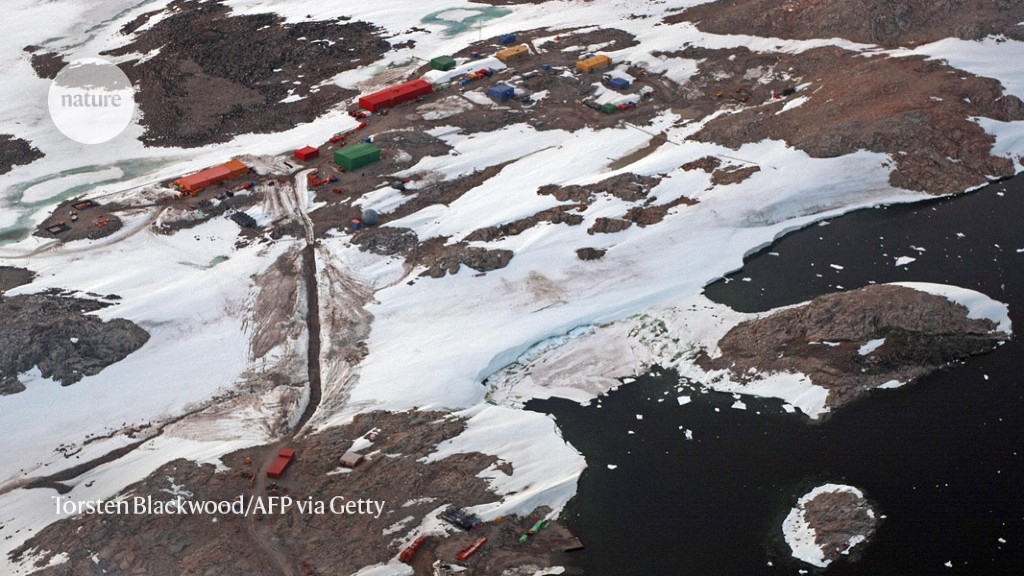Parts of the sea floor near Australia’s Casey research station are as polluted as the harbour in Rio de Janeiro, Brazil, according to a study published in PLOS One in August1.
The contamination is likely to be widespread across Antarctica’s older research stations, says study co-author Jonathan Stark, a marine ecologist at the Australian Antarctic Division in Hobart.
Research stations started to get serious about cleaning up their act in 1991.
Much of the damage had already been done - roughly two-thirds of Antarctic research stations were built before 1991.
There are already more than 100 research stations or national facilities, and most of the buildings are located in ice-free areas, where they jostle with wildlife for a foothold on the most viable land.
“The stations have quite a large footprint for the number of people that are there,” says Shaun Brooks, a conservation scientist at the Commonwealth Scientific and Industrial Research Organisation in Hobart who co-authored the study.
Each nation is responsible for its own environmental monitoring around research stations, and practices vary, says Brooks.



I laughed. Yes, very literal.
While they are digging for clean up, could they possibly, in the John Carpenter Universe, accidentally and unrelated to the movie (but still in the same universe), come across a long-buried alien ship and have a Thing scenario?
Imagine with me.